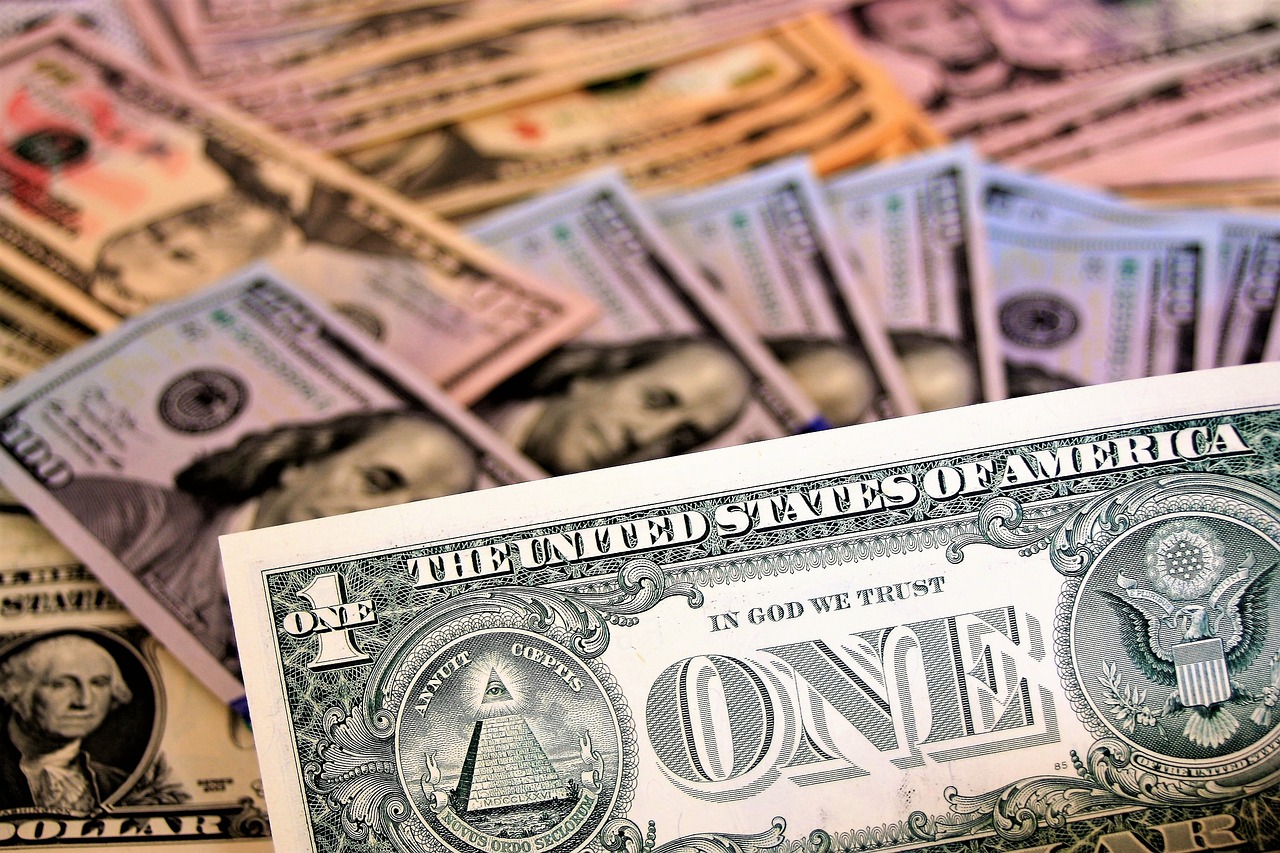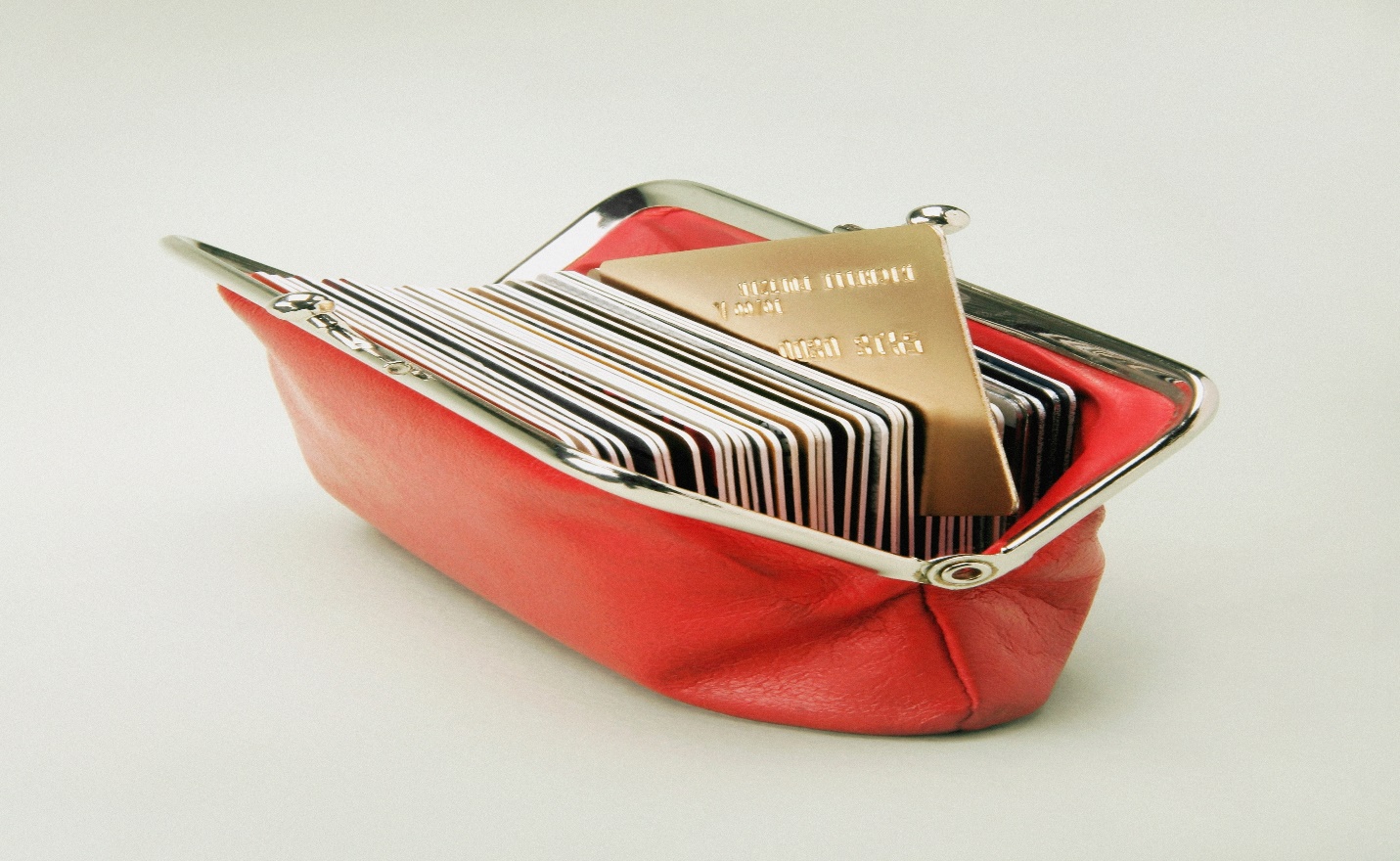
A loose monetary policy, often called an expansionary monetary policy, is a tactic used by central banks to promote economic growth by boosting the availability of credit and money in a country’s financial system. The main objectives of this policy are to reduced borrowing rates, create an increased consumer spending, increased investment, and eventually increased economic activity.
Interest rate changes are the main tool employed in a loose money strategy. Central banks reduce the policy or benchmark interest rates to make borrowing more affordable. It becomes more appealing for companies and individuals to take out loans for various reasons, such as growing their operations, buying goods and services, or investing in real estate when borrowing decreases.
Commercial banks act as the central bank’s conduit to the general people and benefit when the interest rate is lowered since they may borrow more money for less money. Banks can offer loans at cheaper interest rates thanks to this extra liquidity, which makes it simpler for individuals and businesses to receive credit. Therefore, increasing borrowing results in higher expenditure, which promotes economic expansion.
A loose money strategy may also entail central bank purchases of government securities or other financial assets. This procedure, also called Quantitative Easing (QE), adds more money to the economy. The central bank expands the money supply, lowers interest rates even more, and promotes lending and investment by acquiring these assets.
A loose monetary policy has impacts outside of only domestic economic activity. Lower interest rates can result in a currency depreciation, which increases the competitiveness of exports and drives up the relative cost of imports. This can help a nation’s trade balance and promote economic expansion.
A loose monetary policy may, however, have disadvantages. It can cause inflationary pressures if used excessively or for an extended period since an increase in the money supply can exceed an economy’s growth in goods and services. Furthermore, it may fuel asset price bubbles in the real estate and financial markets, which may cause economic instability.
Can Monetary Policy Reduce Unemployment?
 Yes, it can, but not directly. Because bad monetary policies can directly trigger inflation, which will, in turn, result in massive unemployment, it also has the propensity to reduce it if done right. So, for governments who plan to use monetary policies to control unemployment, it is advised that they first work on the inflation rate. To understand how this works, you must first understand that monetary policies can affect the demand of an average person through inflation which affects different channels of the economy.
Yes, it can, but not directly. Because bad monetary policies can directly trigger inflation, which will, in turn, result in massive unemployment, it also has the propensity to reduce it if done right. So, for governments who plan to use monetary policies to control unemployment, it is advised that they first work on the inflation rate. To understand how this works, you must first understand that monetary policies can affect the demand of an average person through inflation which affects different channels of the economy.
The most common monetary policies are the ones that shakes the economy by increasing the oil price, which will, in turn, increase unemployment. So, to get on with fighting unemployment using the monetary policy, you have to develop one that reduces the price of oil, considering how it affects the price of general goods.
Conclusion
Central banks use loose money policies as an expansionary monetary tool to promote economic growth. It tries to cut borrowing costs, encourage investment and spending, and increase economic activity by lowering interest rates and expanding the money supply. However, care must be taken to avoid unfavorable effects like inflation and financial instability.





